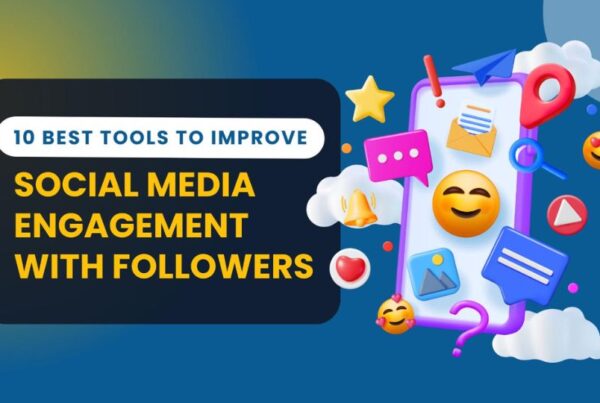We’ve been tracking the evolution of Google Web Stories (formerly known as AMP stories) since 2021, and they’ve become increasingly difficult to ignore in recent months. Over the last year, Google has been heavily promoting the Story format, and We’ve noticed these stories popping up more and more in both Google Search and Discover.
If you’re unfamiliar with Web Story, they’re a type of visual content that can be shared throughout the web.
They’re similar to Snapchat, Facebook, and Instagram stories in that they allow creators to post a series of images, videos, and audio.
Because Web Stories may be seen in full-screen mode, Google describes them as “completely immersive.”
Where would one can Discover Web Story?

One factor that distinguishes Google Web Stories from the variety of story-telling features available in applications is their ability to be seen across the web.
On Your Webpage
Unlike Instagram Stories, which must be seen on the platform itself, Google’s Web Stories can be placed on a creator’s own website.
Unlike many applications, this provides publishers more control over what is included in the narrative because there are no constraints on content.
It also means that the narrative may be utilized to help drive visitors to your website rather than being locked away inside the confines of social media platforms.
In Search Results
The ability to access Google’s stories from the SERPs is one of the key advantages of using them over other rivals’ social media story formats.
Google Web Story can be indexed and provided as a Google search result just like a web page.
In Google Discover
The top of Discover has a list of stories, which Google refers to as a “shelf.”
When the user taps on the article, it expands to full screen and allows them to swipe through the list.
In Your Online Journals
Because Web Stories are stored on your own servers, the content can also be incorporated in other digital assets like as emails and brochures.
The Top 7 Advantages of Using Google Web Stories
Let’s take a look at how Google Web Stories may help you in a few different ways:
- It can improve your search engine results page rankings (SERPs)
In the shape of the all-new Google Web Stories, Google has introduced a way to ranking first in Google search results. Utilizing Google Web Stories, may help you rank higher on search engine result pages (SERPs) and even in the photos, application, and discover sections.
- It enables you to put SEO best practises into action.
A unique URL for each Google Web Story benefits us by implementing best SEO principles, which, when met, enable them to generate more engaging content that Google can rank in Google Search, Google Images, and Google App.
- The Content Can Be Shared Easily
Web story enable us to develop content as quickly as possible from a technological standpoint, while also providing users with uniform user interface features that make content sharing easier. Furthermore, each Web Story can have 30 words of connected and meaningful material that people can simply share. Furthermore, the material is technically basic and straightforward to generate.
- The loading time is reduced.
Google Web Story load extremely quickly, allowing visitors to stay interested for extended periods of time. The odds of sales conversions are enhanced when one stays engaged with their consumers for longer periods of time and continues to entertain or supply them with snackable/informational material.
- There is no time limit
Web Stories, unlike certain other Google material, such as Google My Business entries, do not have an expiration date. The stories are automatically erased after 7 days, and unlike other social media accounts, they do not become lost in a timeline. Users can display Web Stories for as long as they want and as prominently as they want.
- Users Have the Ability to Interact
Users’ technological abilities may restrict the capacity to host interactive components such as quizzes and polls in Google Web Stories, and certain functions may not be supported by all Web Stories production platforms.
The extra degree of engagement may make for a fascinating experience, given the immersive nature of Web Stories.
- Stories are adaptable
Web Stories may be responsive for every device type, much like AMP stories are created exclusively for mobile devices.
This implies that advertisers won’t have to generate separate content for desktop computers or risk losing functionality on mobile.
Conclusion
Google Web Stories is a rich, interactive content format with a lot of marketing possibilities.
Web Story, unlike other social media storytelling formats, are not time-limited or platform-specific.
It’s worth looking into the brand benefits of exposure through Google products like Search and Discover.





